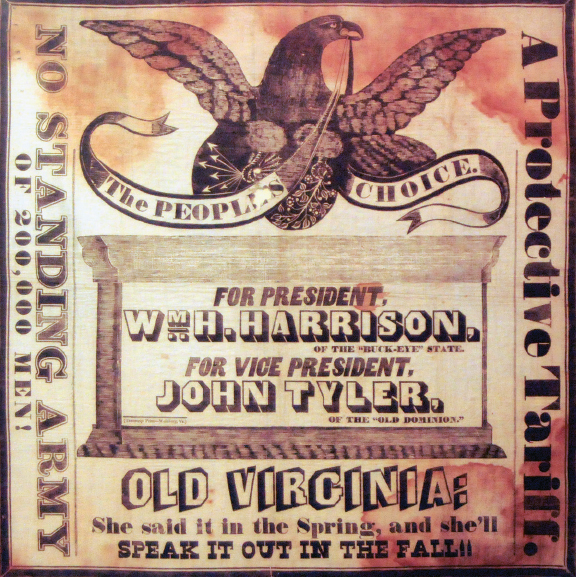Creating a Democratic Polity

Beginning in the 1810s, the rapid expansion of white male suffrage and political parties created a competitive and responsive democratic polity. Pressure came from ordinary citizens who organized political movements, such as the Anti-Masonic, Working Men’s, and Liberty parties, to advance their interests and beliefs. Farmers, workers, and entrepreneurs persuaded state legislatures to improve transportation, shorten workdays, and award valuable charters to banks and business corporations. Catholic immigrants from Ireland and Germany entered the political arena to protect their cultural habits and religious institutions from restrictive legislation advocated by Protestant nativists and reformers. Then, during the 1830s, Andrew Jackson and the Democratic Party led a political and constitutional revolution that cut federal and state government aid to financiers, merchants, and corporations. To contend with the Democrats, the Whig Party devised a competing program that stressed state-sponsored economic development, moral reform, and individual social mobility. This party competition engaged the energies of the electorate, helped to unify a fragmented social order, and, during the 1830s and 1840s, lessened sectional tensions. Chapters 10 and 12 analyze this story of political change and party politics.